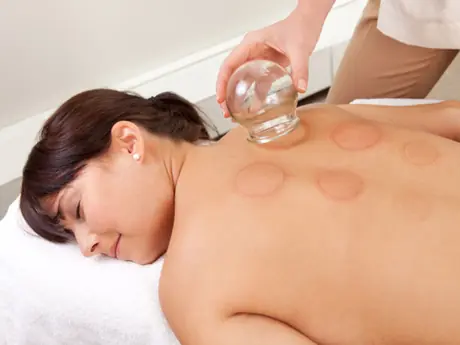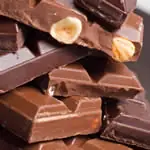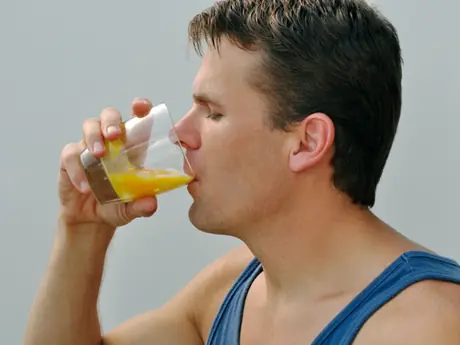
Have you ever seen an Olympic swimmer with circular dark markings up and down his or her back and wonder what did he or she do to themselves and why? Chances are they have received a therapeutic cupping session.
So what is cupping therapy, and why would anyone want to do it? It looks painful, right? Cupping has been around for thousands of years dating back to early Egypt, China and Greece. It then spread through parts of Africa and Europe and was used by the natives of America.
Over the years, China has provided extensive research on the effectiveness and benefits of cupping, and currently uses this method in hospitals. In fact, the most prevalent use of cupping therapy has been in Traditional Chinese Medicine (TCM), but has now been adapted for other health care modalities including massage and chiropractic therapy.
Cupping is not reserved for athletes but is a therapy used by all walks of life to relieve muscle tension, backaches, stiff neck and shoulders and other challenges brought on by stress, work and daily life.
More: Tune Up Your Body With Sports Therapy
What Is Cupping?
In ancient times, tribes utilized animal horns, bamboo, bones, nuts, seashells and gourds as suction devices to purge bites, infections and skin lesions from the body. Ancient healers even used this method on the body to draw out evil spirits. Currently, the cup is usually made from bamboo, glass or plastic and is most extensively used in TCM. Although there are several ways to facilitate stationary cupping therapy, fire cupping is most traditionally used. By quickly heating the inside of the cup with fire, suction is created when placed on the skin. Typically, 4 to 6 cups are used adhering to the skin for about 15 to 20 minutes. According to Acupuncture Today, "The negative pressure created by the suction stimulates the local acupuncture point, this increases the Qi and blood flow through the meridian to loosen up tight muscles, to relieve pain, and to detoxify and re-balance organ function."
Massage cupping is another way of facilitating and is commonly used by practitioners of the western healing arts. Plenty of oil is needed to glide the cups over the skin in a smooth, consistent movement. The suction and negative pressure created by massage cupping releases rigid soft tissue, breaks up and drains excess fluids and toxins, loosens adhesions and lifts connective tissue, and brings blood and lymph flow to stagnant skin and muscles.
Stationary and massage cupping are most commonly used on the back, neck and shoulders. But by adjusting the size of the cups, this therapy can be used almost anywhere on the body including the feet and face.
- 1
- of
- 2
About the Author










Discuss This Article